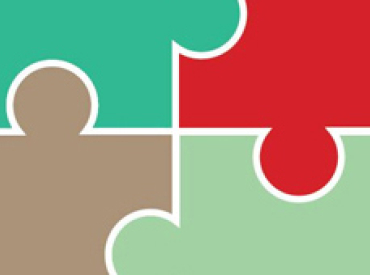-
Male Hair Loss Conditions
- Male Pattern Hair Loss
- Other Conditions
-
Male Hair Loss Treatments
- Hair Loss Treatments – A Guide
-
Patterns of Hair Loss
- Receding Hairline
- Thinning Crown
- General Thinning
-
Hair Loss Success Stories
- Hair Regrowth Photo-Gallery
-
Female Hair Loss Conditions
- Hair Loss in Women - Guide
- Female Pattern Hair Loss
- Telogen Effluvium (TE)
- Diffuse Thinning | Chronic TE
- Alopecia Areata
-
Female Hair Loss Treatments
- Female Hair Loss Treatments - A Guide
- Belgravia High-Strength Minoxidil
- Hair Vitalics For Women
- Clinical Treatment Therapy
-
Hair Loss Success Stories
- Women’s Hair Regrowth Photo-Gallery
-
Back
-
Male Hair Loss Conditions
- Male Pattern Hair Loss
- Other Conditions
-
Male Hair Loss Treatments
- Hair Loss Treatments – A Guide
-
Patterns of Hair Loss
- Receding Hairline
- Thinning Crown
- General Thinning
-
Hair Loss Success Stories
- Hair Regrowth Photo-Gallery
-
Back
-
Female Hair Loss Conditions
- Hair Loss in Women - Guide
- Female Pattern Hair Loss
- Telogen Effluvium (TE)
- Diffuse Thinning | Chronic TE
- Alopecia Areata
-
Female Hair Loss Treatments
- Female Hair Loss Treatments - A Guide
- Belgravia High-Strength Minoxidil
- Hair Vitalics For Women
- Clinical Treatment Therapy
-
Hair Loss Success Stories
- Women’s Hair Regrowth Photo-Gallery
What is Sleep-Isolated Trichotillomania?
Trichotillomania is an impulse-control disorder in which people find themselves compulsively pulling at their hair, often causing strands or even large clumps to fall out. It accounts for between two and three per cent of all hair loss cases, making it far from uncommon, and it is most often treated with cognitive behavioural therapy (CBT) a talking therapy commonly used for a wide number of mental health problems.
But what if trichotillomania is something that only happens when you sleep? Some doctors now believe that this is the much rarer domain of sleep-isolated trichotillomania, a condition that hit the headlines in the Daily Mirror this month when mother of three Kelly Lacey spoke out about her struggles with it.
 Hands covered in blood
Hands covered in blood
The newspaper reported that Ms Lacey has been battling trichotillomania for the past 25 years, and often wakes up with her hands covered in blood. Ms Lacey, who lives in Norfolk, said that sexual abuse suffered as a child left her traumatised, and that pulling clumps of hair out (when she is awake) offers a form of comfort. But night-time pulling when she is fast asleep also happens.
Ms Lacey told the newspaper that she is terrified she will end up completely bald if the hair pulling continues.
Little is known about sleep-isolated trichotillomania, and it seems that the medical community has only recently opened up to the idea that it exists at all. One of the most compelling cases for its existence comes from the American Midwest, where doctors at the Illinois Neurological Institute Sleep Centre analysed data received from 107 responses to a questionnaire they cent out to dermatologists.
Of the respondents, 11 per cent said that had seen patients whose trichotillomania only occurred during their sleep; another 20 per cent of dermatologists said that they expected it to be the cause of unexplained hair loss.
Writing about their study in the Journal of Clinical Sleep Medicine, the Illinois team stated in their findings report: “Recently, a case was reported of a 24-year-old woman who pulled her eyebrows and eyelashes only during sleep. She was unaware of the behavior when she did it, did not awaken directly from it, and did not recall it upon awakening the following morning. She was aware of the behavior only because she would find lash and brow hairs on her pillow in the morning, and because her mother witnessed it. She did not pull hair while awake at all.”
Trichotillomania is more commonly seen on the scalp, where it accounts for about 70 per cent of cases.
Not a psychological condition?
Interestingly, the Illinois team argue that sleep-induced trichotillomania may be better classified as a parasomnia rather than a manifestation of a psychological condition. Accordingly, they suggest, treatment may differ to that for standard trichotillomania.
Once trichotillomania is under control and patients are ‘pull-free’, depending on the severity of the damage done to the follicles, it may be able to treat them with bespoke hair loss treatment courses. For any chance of success, however, it is essential that the follicles are still functioning.

The Belgravia Centre
The Belgravia Centre is a world-renowned group of a hair loss clinic in Central London, UK. If you are worried about hair loss you can arrange a free consultation with a hair loss expert or complete our Online Consultation from anywhere in the world for home-use treatment.
View our Hair Loss Success Stories, which includes the world's largest gallery of hair growth photos and demonstrates the level of success that so many of Belgravia's patients achieve.


